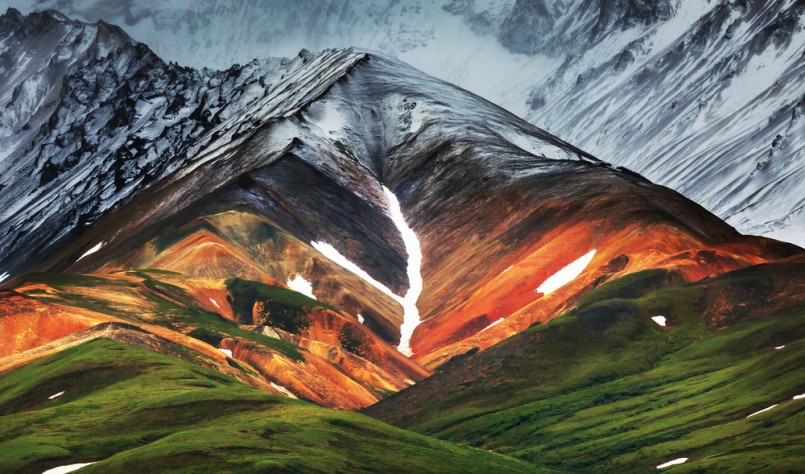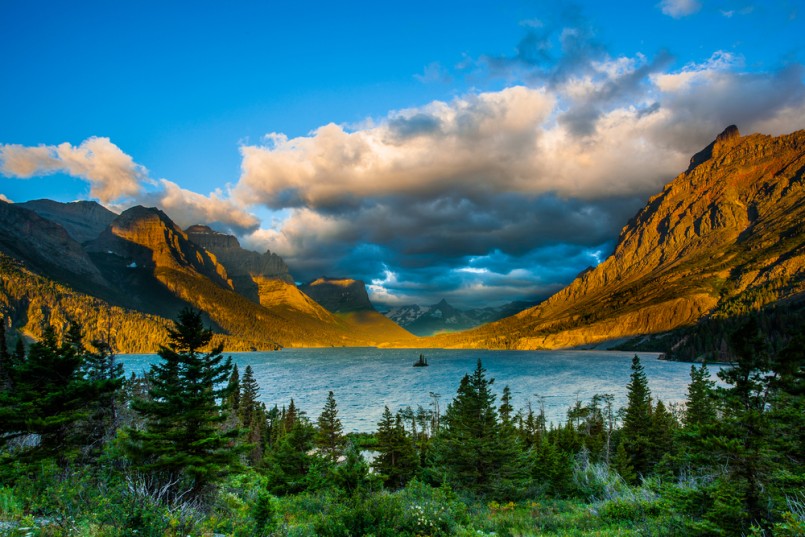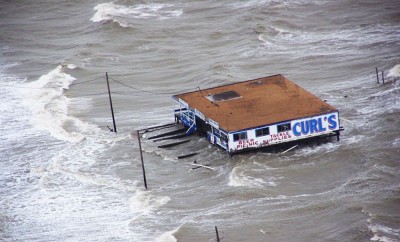Environment
Climate change and our national parks: What to expect when things warm up

Image: Shutterstock/Galyna Andrushko
The United States National Park Service celebrated its hundredth anniversary this past August, and millions continue to look forward to visiting one of the 59 protected park locations or 352 designated landmarks nationwide. With 300 million visitors reported just last year, the park system is a great idea for family vacations and an enormous source of national pride. Since its inception in 1916, however, the effects of climate change have become more pronounced throughout park terrain, with current concerns over rising temperatures, melting glaciers, coastal erosion, ocean acidification, changing precipitation patterns, extreme weather, water shortages, changing bird migrations, flooding and other issues attracting attention.
How Will The Park Service Adapt?
According to National Park Service director Jonathan Jarvis, climate-related struggles are “the biggest challenge NPS has ever faced. I put it up there because it fundamentally changes the way we are going to manage our national parks into the future. It’s making us rethink the whole paradigm under which we manage them.”
National parks are able to give us special insight into the problems created by climate change, how they compare to similar problems of the past and how we can best respond to them now. With warming temperatures, even greater numbers of visitors are anticipated on top of an increased visitation season of between 13 and 31 days, giving a possible emphasis to the parks’ climate struggles which are now becoming a topic of widespread public focus. Although beneficial to the parks in many ways, increased visitation and a longer season mean preparing quickly and differently for record crowds of campers.
What National Parks will be Hardest Hit?

Image: Shutterstock/puttsk
National park regions in the southwest and Alaska are warming faster than other areas in the country, with sea ice and permafrost melting, and favorites like Glacier National Park facing heat that could render it nearly without glaciers at all by the end of the century. Areas surrounding the enormous, beloved sequoia trees of California are at significant risk. Sea levels rising caused the closing of Ellis Island and the Statue of Liberty for eight weeks following Hurricane Sandy.
Jarvis has used scenario planning in his hopes to adequately respond to climate issues in the coming years. His vision has encompassed scenes from a world we can only imagine thus far, and he states, “the overarching goal of resource stewardship is to manage NPS resources in a context of continuous change that we do not fully understand.” Different parks must respond uniquely to their own climate challenges, and some of the preparation will sadly become about “cataloging and remembering some of the cultural resources we might lose before they’re gone.”
Make a visit to a national park a priority if you’re able. Our national treasures will likely be around for at least a few more seasons, but if we aren’t able to address the changes we’re seeing adequately, no one can be sure exactly how much longer the national treasures will survive.





0 comments